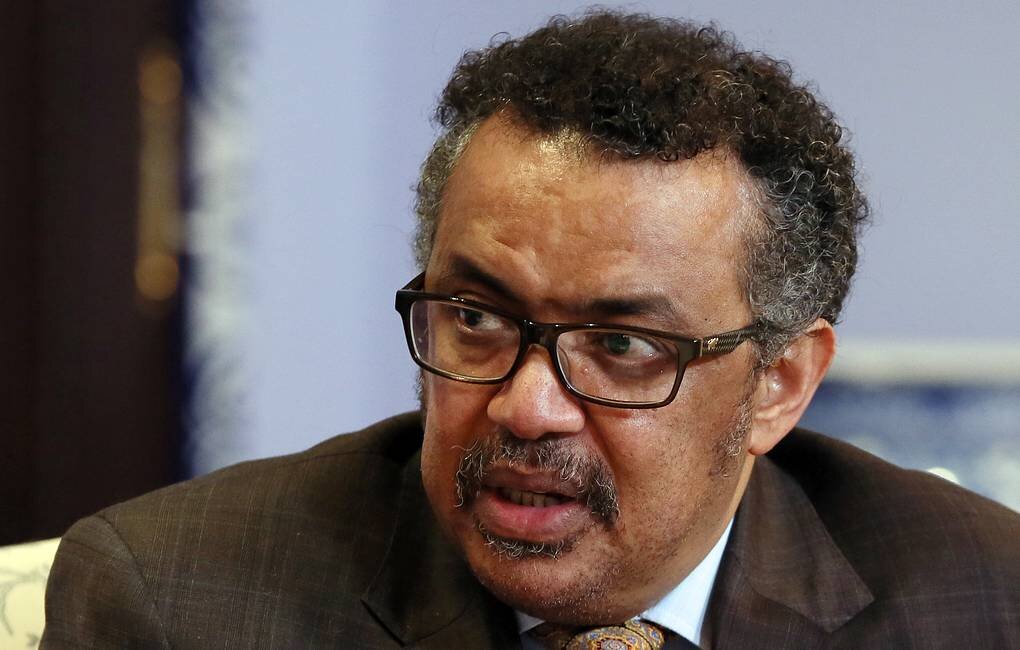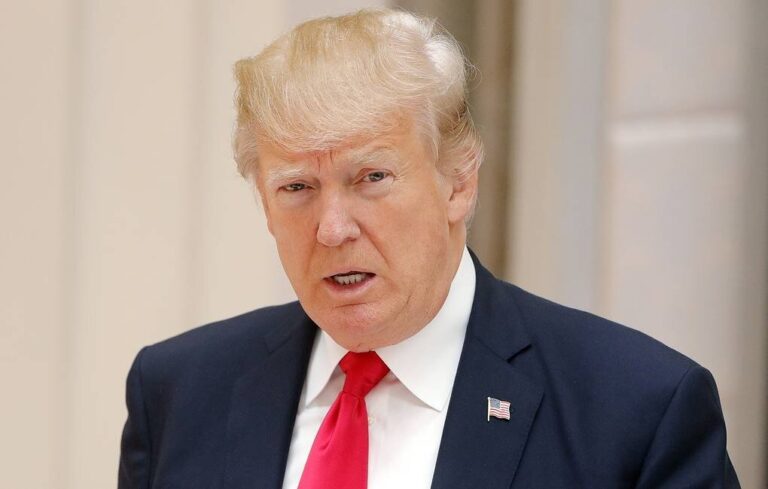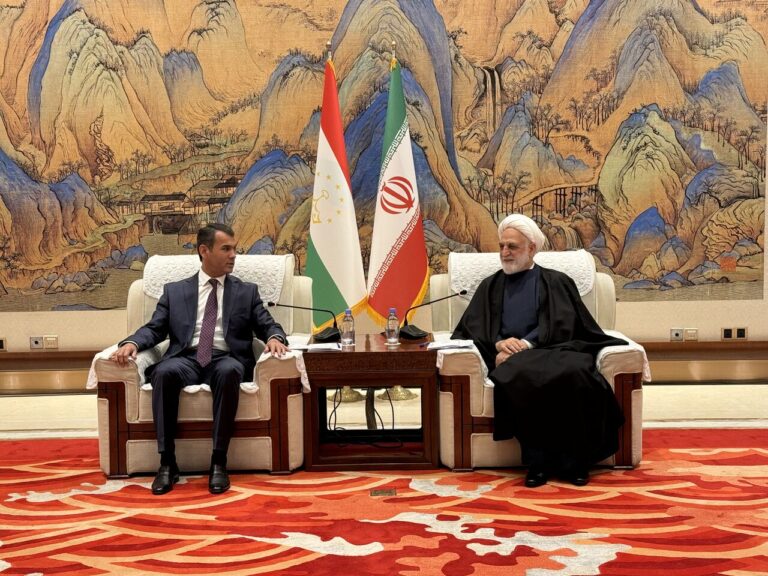WHO Chief Warns: New Pandemic Inevitable – Are We Prepared for the Next Global Health Crisis?
In a recent address at the resumed Thirteenth Meeting of the Intergovernmental Negotiating Body on the WHO Pandemic Agreement, WHO Director-General Tedros Adhanom Ghebreyesus highlighted the urgent need for preparedness against future pandemics. He emphasized that “the next pandemic will not wait until things calm down,” underscoring the reality that we must remain vigilant against emerging health threats.
Ghebreyesus pointed out that the risk of another pandemic is not merely a theoretical concern; it is an “epidemiological certainty.” This statement serves as a reminder that we could face another pandemic at any moment. He remarked, “Another pandemic could happen in 20 years or more, or it could happen tomorrow.” The WHO chief’s assertion is clear: we must be ready.
During his speech, he reflected on the catastrophic impact of the COVID-19 pandemic. “You have seen what the COVID-19 pandemic did. Officially, 7 million people were killed, but we estimate the true toll to be 20 million,” he noted. In addition to the profound human tragedy, Ghebreyesus highlighted the significant economic repercussions, stating that the pandemic wiped out more than US $10 trillion from the global economy.
The importance of the WHO Pandemic Agreement was a critical focus of Ghebreyesus’s address. He expressed hope that a consensus could be reached during ongoing discussions about the agreement, which aims to strengthen international cooperation in the face of health emergencies. Ghebreyesus assured that “this agreement will in no way infringe any Member State’s sovereignty. In fact, the opposite: it will strengthen national sovereignty and international action.”
Furthermore, the 77th World Health Assembly, which took place in Geneva from May 27 to June 1, 2024, made significant strides by agreeing to introduce amendments to the International Health Regulations. This assembly also emphasized the continuation of talks surrounding the pandemic agreement, demonstrating a global commitment to improving health security.
The public health emergency of international concern due to COVID-19 was officially declared from late January 2020 until May 5, 2023. According to the WHO, as of March 23, 2025, there have been approximately 777,684,506 registered coronavirus infections worldwide, resulting in 7,092,720 fatalities. This staggering figure highlights the ongoing threat posed by infectious diseases and the necessity for robust health systems and preparedness protocols.
In light of these developments, it is crucial to consider the following key points regarding the WHO Pandemic Agreement:
- Global Preparedness: The WHO emphasizes the need for countries to be prepared for future pandemics.
- Economic Impact: The COVID-19 pandemic resulted in a loss of over US $10 trillion globally.
- Strengthening Sovereignty: The new agreement aims to enhance national sovereignty while promoting international cooperation.
- Upcoming Discussions: Ongoing negotiations will focus on refining the International Health Regulations.
The urgency of addressing future pandemics cannot be overstated. As Ghebreyesus aptly stated, “But it will happen, and either way, we must be ready.” The lessons learned from the COVID-19 crisis must inform our actions moving forward. By fostering collaboration and developing comprehensive strategies, nations can enhance their resilience against future health threats. The need for effective governance in public health, coupled with a commitment to international solidarity, will be pivotal in shaping a healthier future for all.
In conclusion, the WHO’s efforts to negotiate a pandemic agreement reflect a proactive approach to global health security. As the world continues to navigate the aftermath of COVID-19, the importance of preparedness cannot be overlooked. The commitment to strengthening health systems and ensuring equitable access to resources will be vital in mitigating the impact of future pandemics. Together, we can build a more resilient global health landscape.






